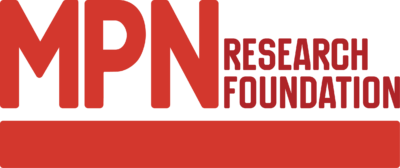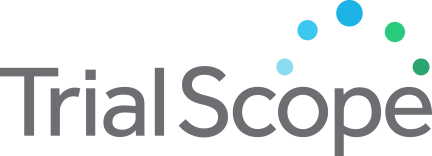Myeloablative Allo HSCT With Related or Unrelated Donor for Heme Disorders
Study Purpose
This is a Phase II study of allogeneic hematopoietic stem cell transplant (HCT) using a myeloablative preparative regimen (of either total body irradiation (TBI); or, fludarabine/busulfan for patients unable to receive further radiation). followed by a post-transplant graft-versus-host disease (GVHD) prophylaxis regimen of post-transplant cyclophosphamide (PTCy), tacrolimus (Tac), and mycophenolate mofetil (MMF).
Recruitment Criteria
|
Accepts Healthy Volunteers
Healthy volunteers are participants who do not have a disease or condition, or related conditions or symptoms |
No |
|
Study Type
An interventional clinical study is where participants are assigned to receive one or more interventions (or no intervention) so that researchers can evaluate the effects of the interventions on biomedical or health-related outcomes. An observational clinical study is where participants identified as belonging to study groups are assessed for biomedical or health outcomes. Searching Both is inclusive of interventional and observational studies. |
Interventional |
| Eligible Ages | N/A - 60 Years |
| Gender | All |
Trial Details
|
Trial ID:
This trial id was obtained from ClinicalTrials.gov, a service of the U.S. National Institutes of Health, providing information on publicly and privately supported clinical studies of human participants with locations in all 50 States and in 196 countries. |
NCT03314974 |
|
Phase
Phase 1: Studies that emphasize safety and how the drug is metabolized and excreted in humans. Phase 2: Studies that gather preliminary data on effectiveness (whether the drug works in people who have a certain disease or condition) and additional safety data. Phase 3: Studies that gather more information about safety and effectiveness by studying different populations and different dosages and by using the drug in combination with other drugs. Phase 4: Studies occurring after FDA has approved a drug for marketing, efficacy, or optimal use. |
Phase 2 |
|
Lead Sponsor
The sponsor is the organization or person who oversees the clinical study and is responsible for analyzing the study data. |
Masonic Cancer Center, University of Minnesota |
|
Principal Investigator
The person who is responsible for the scientific and technical direction of the entire clinical study. |
Punita Grover, MD |
| Principal Investigator Affiliation | Masonic Cancer Center, University of Minnesota |
|
Agency Class
Category of organization(s) involved as sponsor (and collaborator) supporting the trial. |
Other |
| Overall Status | Recruiting |
| Countries | United States |
|
Conditions
The disease, disorder, syndrome, illness, or injury that is being studied. |
Acute Leukemia, Acute Myeloid Leukemia, Acute Lymphoblastic Leukemia, Lymphoma, Chronic Myelogenous Leukemia, Plasma Cell Leukemia, Myeloproliferative Neoplasms, Myelofibrosis, Myelodysplasia, Refractory Anemia, High Risk Anemia, Chronic Lymphocytic Leukemia, Small Lymphocytic Lymphoma, Marginal Zone B-Cell Lymphoma, Follicular Lymphoma, Lymphoplasmacytic Lymphoma, Mantle-Cell Lymphoma, Prolymphocytic Leukemia, Diffuse Large Cell Non Hodgkins Lymphoma, Lymphoblastic Lymphoma, Burkitt Lymphoma, High Grade Non-Hodgkin's Lymphoma, Adult, Multiple Myeloma, Juvenile Myelomonocytic Leukemia, Biphenotypic/Undifferentiated/Prolymphocytic Leukemias, MRD Positive Leukemia, Natural Killer Cell Malignancies, Acquired Bone Marrow Failure Syndromes |
Contact a Trial Team
If you are interested in learning more about this trial, find the trial site nearest to your location and contact the site coordinator via email or phone. We also strongly recommend that you consult with your healthcare provider about the trials that may interest you and refer to our terms of service below.

 Translate
Translate